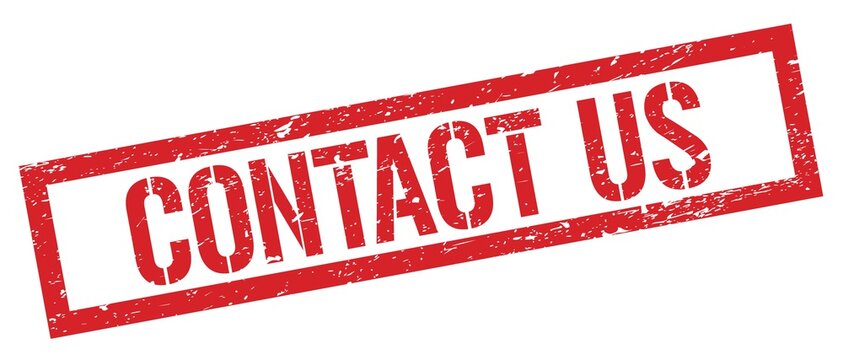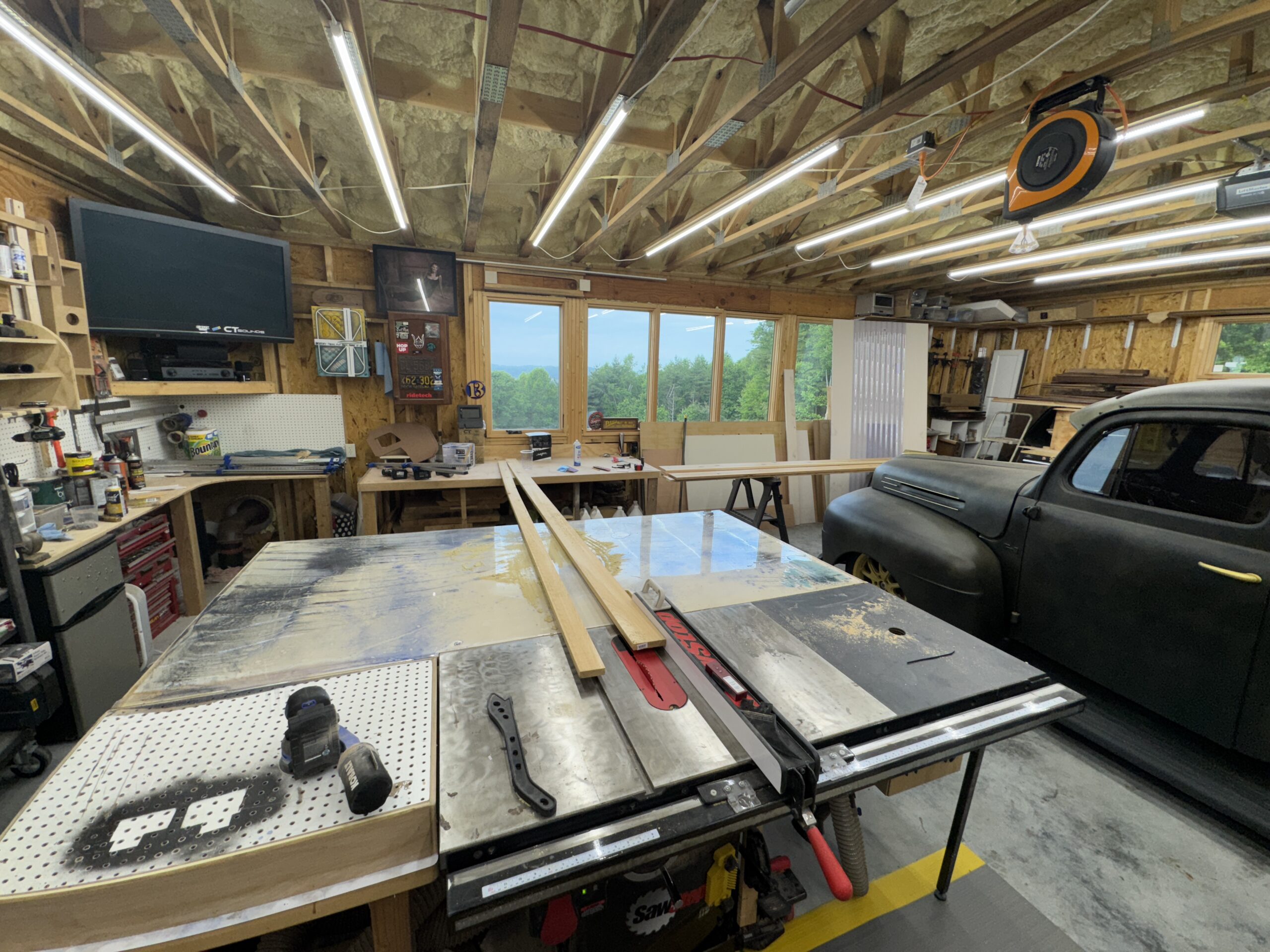Introduction: Why Builders Can’t Afford to Ignore Lead Magnets
PS – If you want to see a live training I did with a builder that’s doing about $12M/yr scaling to $25M – that covers the HOW to implement this – just DM me the word LEAD and I’ll shoot it to you.
Pull up the average builder’s website and you’ll see the same thing: a glossy photo gallery, a proud “About Us” page, and one lonely button sitting in the corner—Contact Us.
It’s like hanging a “Do Not Disturb” sign on the front door of your business. Only the boldest few ever knock, and those are usually the people already deep into their buying decision. Everyone else? They look around, admire the work, and slip quietly out the back door without leaving a trace.
Real Talk: that single button only works for the 3% of buyers who are ready to hire a builder right now. The other 97%—the families who are curious, the couples still dreaming, the executives who plan to build next year—are gone before you ever knew they were there. You didn’t lose them because they weren’t a good fit. You lost them because you gave them nowhere else to go.
That’s where lead magnets change everything.
Lead magnets replace the dead-end of Contact Us or Request a Quote with an open invitation to learn, explore, and build trust. They take casual visitors and turn them into warm leads—sometimes buying right away, often buying later, and sometimes never buying at all but still referring their neighbor or co-worker who does.
In this guide, we’ll walk through:
- The surprising history of lead magnets and how they evolved into a cornerstone of modern marketing.
- The buyer psychology that makes them so effective (and why they’re especially powerful in the building industry).
- Real-world examples of high-performing lead magnets for custom builders.
- Why list building—even for prospects who don’t buy right away—is an asset that will make you millions.
- And how taking buyers on a value-filled journey positions you as the obvious choice in your market.
Builders spend their careers pouring concrete foundations. Think of this as the foundation for your sales and marketing system. Without it, you’re relying on luck. With it, you’re building a pipeline that compounds year after year.
Part I: The History of Lead Magnets
Long before websites and Facebook ads, smart businesses knew the power of giving something away to earn attention.
Think back to the Sears catalog in the early 1900s. Buried between the ads for cast-iron stoves and hand-crank washing machines were order forms you could literally cut out and mail back. “Send me the free brochure,” it would say. Sears wasn’t just selling— they were capturing names and addresses. Every form returned was another household they could market to again and again.
Fast forward to the 1980s and 90s, and direct-mail newsletters were everywhere. Financial advisors, insurance agents, and real estate gurus all leaned on the magic phrase: “Free Report Reveals…” Maybe you remember headlines like “7 Secrets to Doubling Your Retirement” or “5 Mistakes Every Homebuyer Makes.” Those reports weren’t just about education. They were designed to build lists—and those lists became the lifeblood of entire industries.
Then came the internet. Instead of clipping coupons or mailing cards, people started typing their email addresses into little boxes online. PDFs, webinars, and quizzes became the new “free reports.” Suddenly, a builder in North Carolina or a lawyer in Chicago could collect thousands of prospects with a single download. The game had changed.
Over time, lead magnets became the default strategy for list building. Why? Because they work. They lower the barrier to entry, offer quick value, and start a conversation instead of demanding a commitment. And in high-trust, high-ticket industries—law, finance, construction—they became essential. Nobody hires a lawyer, an advisor, or a builder after one glance at a website. They need proof, confidence, and relationship before they sign.
Real Talk: For builders, this evolution matters more than most. A million-dollar home isn’t an impulse buy. It’s a process. And if you’re not collecting and nurturing leads during that process, you’re invisible until it’s too late.
Part II: The Psychology Behind Why Lead Magnets Work
Lead magnets aren’t magic. They work because they tap into deep, time-tested principles of human behavior.
The Law of Reciprocity
When you give someone something of value, they feel a natural pull to give something back. It’s why a free sample at Costco often leads to a full cart of frozen appetizers. In marketing, that “give” might be a guide, a checklist, or a video series. In return, you don’t just get an email address—you start a relationship on a foundation of goodwill.
Commitment & Consistency
Psychologist Robert Cialdini famously showed that once people take a small step, they’re more likely to take a bigger one later. Saying “yes” to downloading your free guide is a small commitment. But it sets the stage for a bigger “yes” down the road: scheduling a consultation, signing a contract, or handing you a $250,000 deposit check.
The Authority Effect
We naturally trust those who teach us. The moment you stop being “just another builder” and start showing up as the guide who explains budgets, timelines, and design trends—you’ve crossed into authority territory. And authority closes deals.
The Trust Gap
Real talk: Nobody hires a builder cold. There’s too much at stake—time, money, reputation, even family peace. Buyers need education before they make that leap. Lead magnets fill that trust gap by letting you demonstrate your expertise without the pressure of a sales pitch.
And this is especially critical for builders. No one wakes up on a Tuesday morning, sees a billboard, and decides to build a $1M custom home on Wednesday. These decisions are nurtured over months, sometimes years. A lead magnet keeps you in their world during that gap, so when they’re ready, you’re the builder they already know, like, and trust.
Part IV: Good Lead Magnets for Builders
The best lead magnets are simple, specific, and solve a real problem your prospect is already thinking about. Here are some that work especially well for builders:
- Checklist – “10 Questions to Ask Before You Hire a Builder.” Homeowners love checklists because they feel in control and armed with the right questions.
- Case Study Packet – Before-and-after photos, a short story about the family, and real-world cost ranges. Nothing builds trust faster than proof.
- Budget Worksheet – A simple downloadable PDF or Excel sheet that helps a homeowner ballpark what their dream project might cost. (Spoiler: they’ll always come back to you for the real numbers.)
- Design Inspiration Guide – Kitchen trends, outdoor living spaces, smart home features. Think of it as Pinterest in a PDF—but branded with your name.
- Quiz or Scorecard – “Is Your Lot Ready for a Custom Home?” or “Which Floor Plan Fits Your Lifestyle?” Quizzes are interactive and make prospects feel invested.
- Video Series or Webinar – A short walkthrough of a past project, showing the process from blueprint to finish. Video lets people see your personality and your professionalism before they ever meet you.
My Favorite Example
One of the most powerful lead magnets I ever created for my own building company was The Homeowner’s Emotional Rollercoaster: What to Expect When Building.
It mapped out the highs and lows every homeowner goes through—excitement, doubt, frustration, relief, joy. Prospects loved it because it felt honest. I didn’t just use it to capture leads on the front end; I also built it into my contracts. When the inevitable “low” moments came during a build, I could point back to the Rollercoaster and say, “Remember, this is normal—and here’s what’s coming next.”
It saved me countless difficult conversations, built trust, and positioned me as the guide who had already anticipated the journey.
You can literally steal this one. If you want a copy of the Homeowner’s Emotional Rollercoaster to use in your own business—just ask me for it and I’ll send it over.
Why Specificity Matters
Real Talk: The more specific your lead magnet, the better it converts. “Kitchen Remodel Cost Guide – Raleigh, NC” will outperform “Free Guide to Remodeling” every time. Specificity signals relevance, and relevance builds trust.
Part V: The Long Game – Why List Building Matters
Most builders live and die by referrals and the occasional “ready now” buyer. But here’s the reality: only about 3% of people visiting your site are in that “ready now” category. The other 97% are still dreaming, planning, or waiting for the right time.
If you only chase the 3%, you’ll always live in feast-or-famine cycles. A couple of big projects come in and everything feels great—until they wrap up, and you realize the pipeline is dry again.
That’s where list building changes the game.
Every new email you collect isn’t just a name—it’s an asset. Unlike social media followers you don’t control, your list is yours. You can reach out anytime. You can nurture, educate, and stay top-of-mind until the moment they’re ready. And that moment might be six months… or three years… down the road.
Here’s an example straight from one of my clients in NJ:
One of my builder clients added a simple lead magnet—“10 Questions to Ask Before You Hire a Builder in [City].” Within months, their list grew steadily with local homeowners who were just starting to explore. Eighteen months later, not just one of those “not ready yet” names but three became seven-figure custom home projects. That job would have slipped away forever if they’d only had a Contact Us button.
And it’s not just about buyers. Even the people who never hire you directly can bring value. They can become referrers (“You’ve got to check out this builder, they really know their stuff”), fans who share your content, or connectors who introduce you to someone who does become a million-dollar client.
I go much deeper into stories like this in my book, The Magnet, The Machine, and The Method: 3 Laws and 9 Levers Custom Homebuilders Use to Scale to $20M and Beyond. If you don’t already have a copy, you’ll want one—it’s packed with case studies and frameworks that show exactly how builders break out of the feast-or-famine cycle and scale with predictability.
Real Talk: A strong list compounds like interest in the bank. Every lead you capture today makes your marketing stronger tomorrow. Builders who embrace this don’t just win projects—they build businesses that scale predictably instead of relying on luck.
Part VI: Taking the Buyer on a Value-Filled Journey
Capturing a lead is just the beginning. The real magic happens in what you do next.
That’s where a nurture sequence comes in. Instead of hammering your list with sales pitches, you guide prospects through a journey of education, storytelling, and trust-building. You show up not as a pushy salesperson, but as the authority who understands their dreams and fears better than anyone else.
What Does a Nurture Sequence Look Like?
- Education: Share simple insights that answer the questions they’re already asking—budget ranges, timelines, common pitfalls.
- Storytelling: Use real client examples, success stories, or even behind-the-scenes moments from a job site. Stories stick; numbers alone don’t.
- Trust-Building: Address objections before they’re spoken. Show that you’ve anticipated the roadblocks and can guide them through.
Examples of Great Touchpoints
- A quick video explaining the 5 biggest factors that affect build costs.
- A short article on design trends you’re seeing in kitchens and outdoor living.
- A behind-the-scenes photo series from a framing day on a current build.
- An FAQ email answering questions like “How do allowances work?” or “What happens if we hit a weather delay?”
Each piece doesn’t just inform—it deepens the relationship.
From Chasing → to Curating
Most builders spend their careers chasing clients. Nurture flips the script. You’re no longer begging for attention. Instead, you’re curating a pipeline of people who are pre-sold on you long before the first meeting. By the time they’re ready to build, you’re not competing on price—you’re simply the obvious choice.
Why Consistency Wins
Real Talk: It’s not one email or one video that changes everything. It’s the rhythm. When prospects hear from you consistently, they begin to feel like they already know you—even if you’ve never met. You’re in their inbox, in their head, and in their circle of trust.
That’s when buyers stop comparing three bids and start saying: “We just want you to build it.”
Conclusion: The Builder’s Edge
Lead magnets aren’t gimmicks. They’re the modern equivalent of shaking someone’s hand at a Parade of Homes—except instead of one handshake, you can start hundreds of conversations at once.
Fact: builders who only rely on referrals and Contact Us buttons are leaving millions on the table. Builders who create lead magnets and nurture lists are building the foundation of a scalable, $20M+ company.
Real Talk: This is just one of the hundred moving parts that make up a truly scaleable, saleable building business. A lead magnet on its own won’t fix your sales process, your team structure, or your job costing. It’s a critical piece of The Magnet—but it’s only one part of the larger $20M Builder Triangle framework I teach my clients.
That’s why I always tell builders: don’t just build houses, build a business that works without you.
If you’re serious about mapping out that business—the systems, the team, the marketing, the whole picture—then let’s do it together. Book a free 20-Minute Blueprint Call with me. In that call, we’ll look at where you are right now, where you want to go, and the gaps that are holding you back.
Send me an email with “20” as the subject and we’ll lock in a time to chat.
For some builders, that single conversation is the spark that changes everything.
Don’t leave it to chance. Build your pipeline, build your list, and build your future.
Always in your corner,
Rodric
PS – If you want to see a live training I did with a builder that’s doing about $12M/yr scaling to $25M – that covers the HOW to implement this – just DM me the word LEAD and I’ll shoot it to you.
.
.
.
PS- Well it’s locked in stone now – the publisher just pressed the button on my 2nd book The Magnet, The Method and The Machine – The 3 Laws and 9 Levers of the $20M Builder
It releases Sep 23 for sale worldwide.
But… for those of you in our little family here – I’m lining up a HEAP of bonusesthat will only be available for the first 24 hours of launch.
- Inside the Mind of the Luxury Buyer – so we stop the “leaky bucket” from lead to contract.
- The Ultimate Builders ICA – so your marketing hits the spot every…single…time…
- The Sea of One Training – so you stop being bid out – forever.
- And a special one-time bonus we’ve only ever offered to our private clients that will be announced the day before launch (a $2000 value) – it’s really kind of nuts I’ll be giving this away.
All that said – if you want to be notified when the pre-sale starts – just reply LAWS to this email and I’ll add you to the list.
I can’t wait to get this book in your hands – it’s 20 years in the making – and guaranteed to change your business forever.
Always in your corner,
Rodric
PPS – Just like my first bestseller, Million Dollar Flip Flops – 100% of the proceeds from every sale are donated to Send a Student Leader Abroad – our 501c3.
PPPPPPPS – Those of you who voted on the cover were given an advanced copy of the manuscript – here is what you had to say:
- “I’ve read dozens of business books, but this one actually felt like it was written for me. I saw my company in every page—and finally saw a way out.”
— Mark T., Texas
- “Within the first two chapters I had pages of notes. The framework is simple, but the impact is massive. This book will sit on my desk for years to come.”
— Jessica R., Michigan
- “I’ve built homes for 25 years and thought I had it figured out. This book opened my eyes to the difference between running jobs and running a business.”
— Dave L., North Carolina
- “What I love is the honesty. No fluff, no filler—just real strategies I can use. It’s like Rodric was sitting across the table coaching me personally.”
— Sarah P., California
- “I wish I’d had this ten years ago. Could’ve saved me a lot of gray hair, wasted money, and missed family dinners.”
— Chris J., Florida
- “The case studies hit home. Seeing other builders break through the same problems I’m facing gave me the confidence to believe I can do it too.”
— Anthony B., Colorado
- “Most books inspire you for a week, then collect dust. This one gave me a system I could implement right away. Game changer.”
— Brian K., Georgia
- “Finally—a book that doesn’t talk down to builders. It speaks our language and gets to the heart of what’s holding us back.”
— Matt S., Washington
- “I read the whole thing in one sitting. It’s rare to find a book that’s both practical and motivating. Easily the best builder business book I’ve ever read.”
— Laura M., Arizona
Remember: If you want to be notified when the pre-sale starts so you can grab all the free bonuses – just reply LAWS to this email and I’ll add you to the list.











